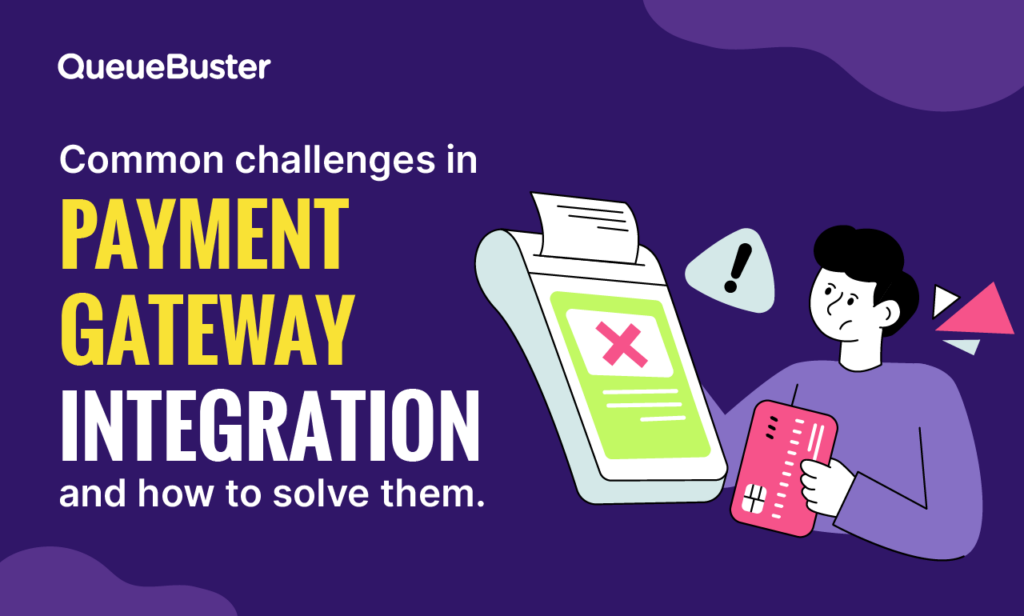
Neo Banks in India: The Future of Digital Banking
Neo Banks in India: The Future of Digital Banking

By Charu Gupta Published: May 24th, 2025
In recent years, neo banks have emerged as one of the most disruptive forces in the Indian financial ecosystem. Designed to offer seamless, digital-first banking experiences, these fintech-driven platforms are redefining how consumers and businesses interact with money. With increasing smartphone penetration, Billing softwares, rising demand for convenience, and a digital-savvy population, neo banks in India are poised to reshape the future of banking.
But what exactly are neo banks? How do they work, and why are they gaining popularity so rapidly in India? Let’s explore.
What is a Neo Bank?
A neo bank is a 100% digital bank that operates without any physical branches. Unlike traditional banks, neo banks partner with regulated banks to offer core banking services such as savings accounts, current accounts, payments, lending, and expense management, all via mobile apps or web platforms.
Neo banks are not licensed by the Reserve Bank of India (RBI) directly. Instead, they function in collaboration with licensed financial institutions to offer regulated banking products while focusing on delivering a superior digital user experience.
Why Neo Banks Are Gaining Popularity in India
India’s digital ecosystem has evolved at breakneck speed. With initiatives like Digital India, UPI, and Jan Dhan Yojana, a huge section of the population is now part of the formal banking system. However, traditional banks still face challenges like outdated technology, limited personalization, and poor customer service.
Here’s why users are shifting toward neo banks:
- Frictionless Digital Experience: From account opening to transaction tracking, everything is paperless and fast.
- Instant Customer Support: In-app chatbots and 24×7 support reduce wait times and frustration.
- Smart Money Management Tools: Neo banks offer budget tracking, expense categorization, credit score monitoring, and more.
- Low or No Fees: Minimal overheads allow them to offer competitive rates and fee-free services.
- Inclusive Banking: They often cater to underbanked segments such as freelancers, gig workers, and small businesses.
Top Neo Banks in India (2025)
Several Indian fintech startups are leading the charge in the neo banking space. Here’s a quick look at some of the most popular ones:
- Fi Money: Designed for salaried millennials, Fi offers smart saving tools, zero-balance accounts, and personalized insights.
- Jupiter: A lifestyle banking app that focuses on reward-based spending and saving with intuitive UIs.
- RazorpayX: Targets startups and SMEs with features like smart payroll, vendor payments, and automated accounting.
- Niyo: Offers travel-friendly forex cards and salaried account solutions with global usability.
- Open: Built for businesses, Open provides GST invoicing, cash flow management, and expense cards.
Each of these players has a niche focus, allowing users to select a platform that best fits their financial habits and goals.
Neo Banks vs Traditional Banks: What’s the Difference?
| Feature | Neo Banks | Traditional Banks |
|---|---|---|
| Branches | Fully digital, no branches | Physical branches across cities |
| Account Opening | 100% online & paperless | In-person/document-heavy |
| Customer Experience | App-first, personalized | Mixed experiences |
| Fees & Charges | Low to none | Often higher |
| Focus | User-centric features | Product-centric |
While traditional banks have more regulatory stability and history, neo banks are agile, tech-driven, and focused on innovation.
Are Neo Banks Safe in India?
Yes, but with context. Since neo banks operate in partnership with RBI-licensed banks, your deposits are held by regulated institutions and covered under RBI’s deposit insurance norms. Moreover, most neo banks use advanced encryption protocols, two-factor authentication (2FA), and AI-based fraud detection systems to ensure user safety.
Still, it’s advisable to choose only reputed neo banks with transparent partnerships and robust security features.
The Road Ahead for Neo Banking in India
As per reports, India’s neo banking market is expected to grow at a CAGR of 40%+ by 2027. This growth will be fueled by:
- Increased mobile and internet penetration
- Rising demand from MSMEs, freelancers, and Gen Z users
- Stronger fintech-bank collaborations
- Evolving regulatory frameworks that may allow standalone digital banks in the future
Moreover, the RBI’s regulatory sandbox and the push toward digital public infrastructure will further boost innovation and trust in the neo banking space.
Challenges Neo Banks Must Address
Despite their rapid growth, neo banks face a few critical hurdles:
- Regulatory Limitations: Since they don’t hold banking licenses, they rely on partner banks which limits autonomy.
- Customer Trust: Many users still prefer legacy banks for large deposits and loans due to perceived safety.
- Revenue Sustainability: Offering low-fee services makes monetization challenging in the long run.
- Tech Reliability: Outages or app glitches can severely impact user trust and experience.
Neo banks will need to focus on building long-term trust, ensuring data protection, and aligning with regulators to reach their full potential.
Final Thoughts
Neo banks in India are not just a trend, they are the future of digital banking. With a laser focus on user experience, data-driven services, and lower operational costs, they are closing the gap between consumers and financial freedom.
As India embraces financial digitization at an unprecedented scale, neo banks stand at the forefront, making banking faster, smarter, and more inclusive.
If you’re someone looking for a fresh, intuitive way to manage money, a neo bank or alternatively android POS billing softwares might be the future you’ve been waiting for.
Popular Posts

5 Effective Tips To Manage Billing For Multiple Customers
Managing billing for multiple customers, especially during peak business hours, can be […]

Common Challenges in Payment Gateway Integration and How to Solve Them
In today’s digital-first marketplace, businesses across the UAE rely heavily on seamless […]